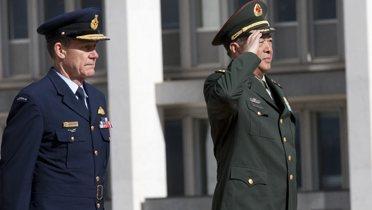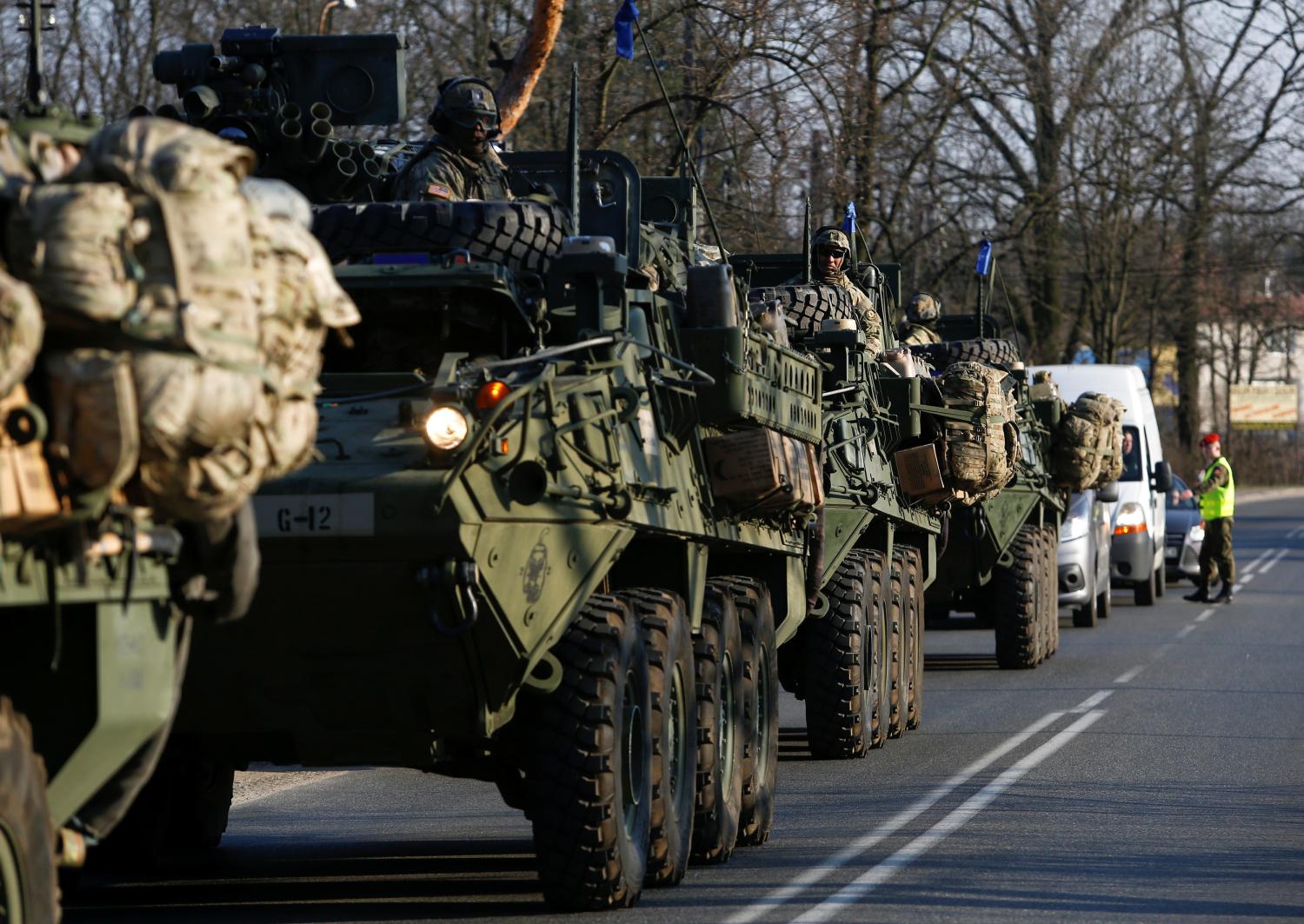Executive Summary:
The current direction that the Australian Defence White Paper 2009 (Defence 2009) sets for the Australian Defence Force’s (ADF) modernization does not correspond with the realities of Australia’s security situation. The policies and strategies set forth prepare the ADF for contingencies that are the least likely to happen and dedicate large portions of the nation’s limited resources to missions that exceed the ADF’s capability. Australian policymakers continue to adhere to a “Defense of Australia” concept that has become obsolete and fail to link their strategy to a multilateral mechanism which treats the Asia-Pacific region as a complete system. As Australian defense policymakers strengthen the ADF 2030’s capabilities to become self-reliant at the higher end of the military operations continuum, they have made the ADF 2030 more dependent on U.S. military assistance in order to perform low- and mid-intensity operations. The likely result will be an inadequate, ad hoc, and weak multilateral response, necessitating direct U.S. involvement in stabilizing a crisis. This will require more resources than if the issue had been addressed early on with the right mix of capabilities and cooperative security unity. The consequence for the United States would be either to accept an increased defense burden for operations on the lower and middle continuum of military operations within the Asia-Pacific region or to retrench from the region.
To make the U.S.-Australian alliance more effective in providing for both nations’ security needs, the U.S. Department of Defense should support: 1) publicly discarding the Guam Doctrine in conjunction with the establishment of the U.S.-Australian defense industry community, 2) establishing joint basing for submarine repair, maintenance, and training facilities, 3) endorsing a Southeast Asia and South Pacific regional multilateral cooperative security arrangement to address regional security and stability challenges, while pressing for constructive and transparent Chinese participation in regional security matters, and 4) urging the U.S. Department of State to draft Defense Trade Cooperation Treaty rules to publicly create a seamless U.S.-Australian defense industry community, while shepherding this concept in support of future joint U.S-Australian operational activities.
Australian policymakers must integrate the Defence 2009 and future White Papers’ objectives into Australian foreign policy in the Asia-Pacific region as a part of a broader hemispheric approach – clearly establishing a framework for multilateral and cooperative security mechanisms to deal with such regional issues as disputed islands in the South China Sea; maritime resource claims; mass migration; conflict resolution and conflict prevention, with corresponding confidence-building measures, capacity building, and defense modernization transparency. Australian policymakers could recapitalize unaffordable and excess air and sea capabilities currently focused to deal with high intensity conflict into ground and amphibious capabilities to deal with the more likely middle- and lower-intensity regional scenarios on the continuum of military operations. A shift of Australia’s defense capabilities towards greater utility in the most likely regional contingencies would significantly contribute to stability and security in Australia’s primary operational environment, as well as make a valuable contribution to the U.S.-Australian alliance.
Regarding recommendations to rebalance Australia’s defense capabilities, the Australian Defence Department could consider: 1) leasing U.S. submarines as a part of the larger joint base arrangement, 2) augmenting the F-35 and F-18 air fleet with unmanned reconnaissance and unmanned combat aerial vehicles, 3) basing of the U.S. F-22 Raptors in Australia as part of U.S. flexible deterrent options for regional crisis, 4) increasing the size of the Australian Army by 2,000 to 4,000 soldiers and provide the funding to train and sustain amphibious assault operations, and 5) establishing a tactical-level COP acquisition program for units at brigade and below, feeding the operational and strategic COP.
The Brookings Institution is committed to quality, independence, and impact.
We are supported by a diverse array of funders. In line with our values and policies, each Brookings publication represents the sole views of its author(s).




